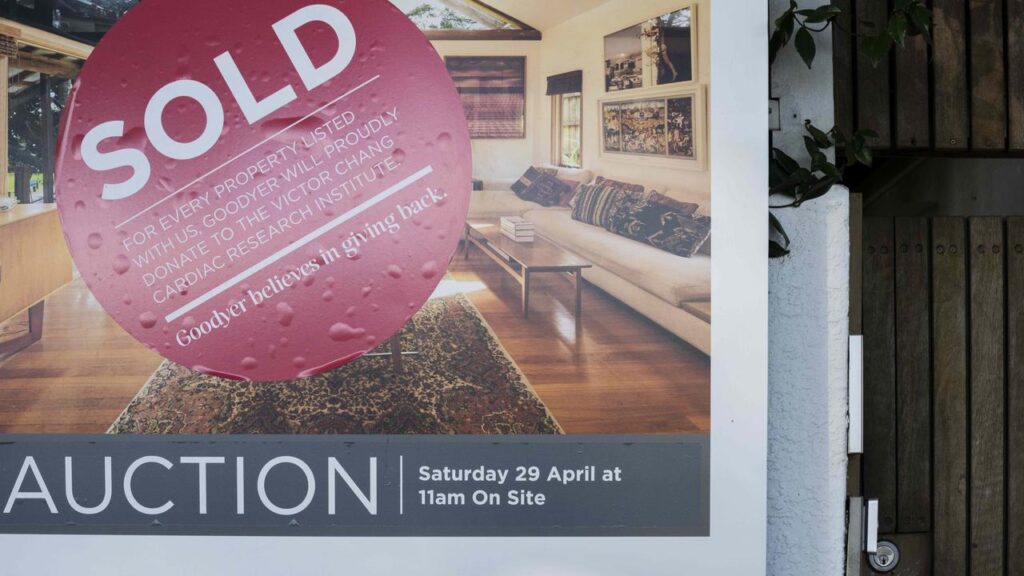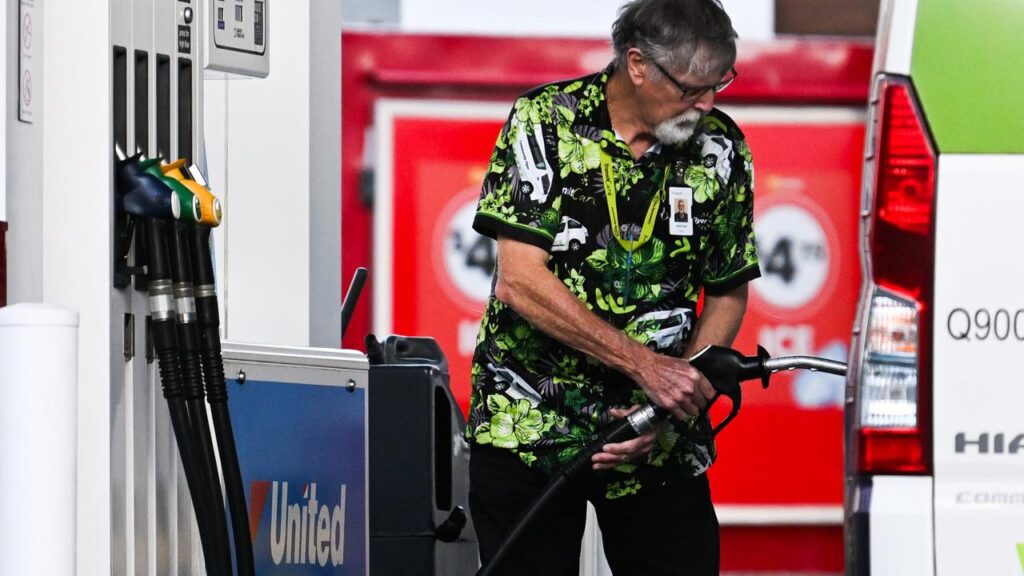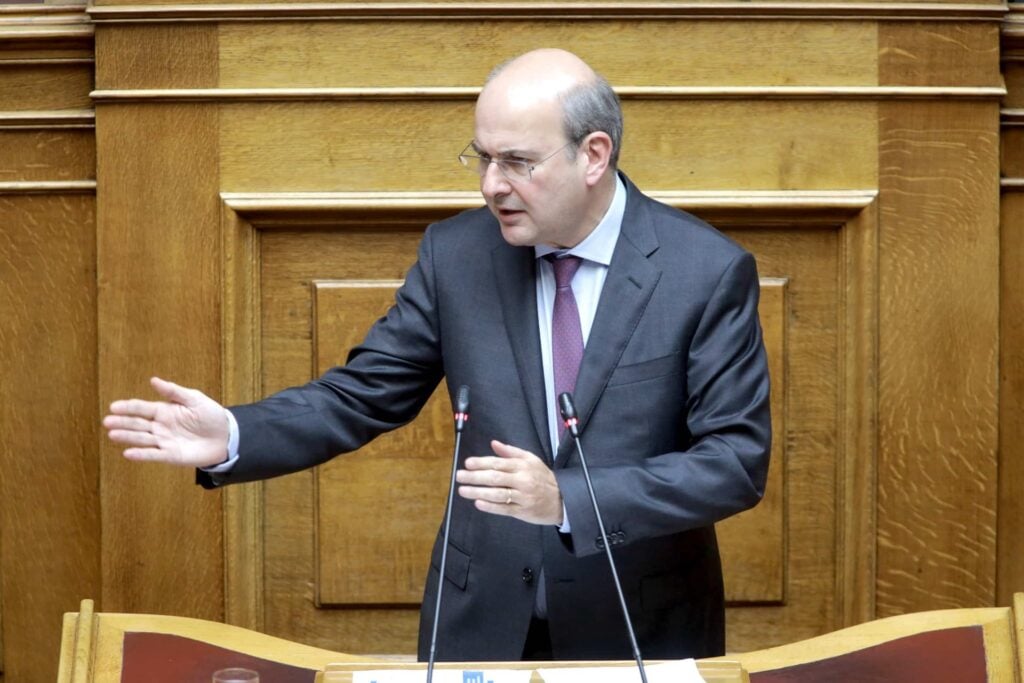Some developers are offering new apartments without a car space for up to $100,000 less as part of a growing trend
Written by admin on July 13, 2024
As the country’s housing crisis worsens and property prices soar, some homebuyers are scoring six-figure discounts by foregoing a small but common feature.
And experts say the idea should go mainstream in order to boost supply and improve affordability.
In recent years, a steadily growing number of developers in Australia’s major capital cities have taken to offering buyers of new apartments the choice of purchasing without a car space.
A growing push for planning controls that are greener, coupled with major investments in public transport and the rising popularity car-sharing schemes and on-demand bike hire, have seen some councils remove minimum requirements for developers when it comes to car spaces.
In a nutshell, the general convention has always been that each new apartment must be sold with a parking spot, while some planning controls required additional spaces for larger multi-bedroom units.
That’s increasingly a thing of the past, meaning more apartments can be built without a car spot, leaving buyers to benefit financially.
Tim Rees, senior director of residential projects at CBRE, said changes to minimum parking requirements have sparked a shift.
“We are seeing more and more off-the-plan developments coming to market that have limited or restricted parking due to planning regulations – particularly in areas such as the Sydney CBD, city fringe and eastern suburbs,” Mr Rees said.
“It is common for one-bedrooms, for example, in these suburbs to be sold with no parking as these areas have good access to public transport and walkability to the CBD and local amenities.”
In some instances, buyers can save up to $100,000 by purchasing a unit without a car park compared to one with.
The Property Council’s group executive of policy and advocacy Matthew Kandelaars said giving purchasers the option of ditching a car space for a cost saving could aid affordability and boost supply.
“New homes in locations close to public transport and amenities offer perfect opportunities for flexible carparking requirements that provide buyer choice,” Mr Kandelaars said.
Research indicates some homeowners wouldn’t miss having a car space too much.
A study conducted last year by RMIT University found 20 per cent of households surveyed across Melbourne had more parking capacity than they needed.
And almost 14 per cent of respondents didn’t own a vehicle but still had a space available to them at home.
“This oversupply is not just an inefficient use of space, it is exacerbating housing affordability issues,” lead researcher Chris De Gruyter from the Centre for Urban Research said.
“Meanwhile, apartment households with an undersupply of parking are forced to park on the street, competing with visitors in the area.
“It is very clear that there is actually plenty of apartment parking – it’s just allocated incorrectly.”
A report from the Real Estate Institute of Victoria found units with a car space in prized pockets of inner-city Melbourne can sometimes sell for $100,000 more than those without a spot.
If those premiums are reflective of the broader inner-city market, Dr Gruyter estimated the value of unused car spaces to be about $6 billion in Melbourne alone.
Giving buyers the option of ‘unbundling’ parking will help with affordability constraints while also reducing vehicle usage and limiting on-street parking issues, he said.
“We can choose the number of bedrooms we want in our homes, yet we have no say in how much parking we need.
“We want people to have the option to choose not to have parking instead of it being imposed on them. Similarly, those who wish to have additional parking can have this.”
North Sydney Council last year proposed slashing its one-for-one requirement to 0.4 parking spaces for every one-bedroom unit and 0.6 spaces for each two-bedroom unit, while also reducing minimum visitor parking spaces.
According to council data, 6500 households in the area, which has a total population of 69,000 people, don’t have a car.
Some welcomed the move as a sign of the times, pointing to the growth of public transport and shared travel options in the area, but not all were pleased.
The Property Council of Australia mounted a campaign against the reforms, describing the model as “ill-considered” for the area.
“The proposed ratios do not consider the high level of carparking demand within the residential and commercial property market and the impact these ratios would have on development feasibility and the provision of future housing supply,” the industry body said in a statement.
A report by the Committee for Sydney released in mid-2022 said the idea that parking should be eliminated entirely isn’t realistic.
“Sydney does need parking – given how much of the city was built at densities too low to support frequent public transport, driving remains the only option for many, and a fact of life,” the paper read.
“But too much parking, in the wrong places, causes unintended negative consequences.”
Within urbanised areas, car parks take up more space than other modes of transportation and add significant costs to the development of housing, the report added.
“One way of making Sydney housing more affordable is to make it easier for families to get by with only one car, or even no cars, so we don’t have to build as much parking.
“People should have the choice to purchase or rent an apartment with or without parking, so they don’t have to pay for a parking space if they don’t need it.”
Melbourne real estate agency Nelson Alexander said many new developments don’t include car parks for each apartment these days.
“For some people, that’s not an issue. It’s easy to live in the inner suburbs without a car since public transport and bike lanes make getting around easy,” Mr Alexander said.
“However, the majority of people still own a car, even if they don’t use it every day, and street parking isn’t always convenient.
“For city-dwelling car owners, a car park that’s undercover, secure and close to their front door is the Holy Grail. Understandably, such a space can add real value to an apartment – tens of thousands of dollars, according to some estimates.”
Despite the emerging car park-free trend, there’s a booming market for small rectangles of concrete in big cities like Sydney and Melbourne.
A single car space in the middle of Sydney’s CBD that’s currently on the market has an asking price of $155,000.
There are cheaper options in less congested areas, such as Pyrmont, just a stone’s throw away, where a single spot in a residential building has an asking price of $40,000.
In Melbourne, a car park within a secure underground complex in the heart of the CBD is on offer for $50,000. Another not far away near the parliamentary precinct is guided at $60,000 to $70,000.
Investing in car spaces is even an option, with a number of income-producing listings for professionally managed spots.
One opportunity within a Park N Fly facility near Sydney Airport is a double car tandem space with an asking price of $70,000, with an existing lease agreement in place.
Another in the same facility, but just a single spot, is asking $49,000.
The average gross return on a car space investment can be in the vicinity of eight per cent in some cases.
But Nicola Field, a personal finance expert at Canstar, urged those enticed by high yields to exercise caution.
“You really need to crunch the numbers for any car park space you’re thinking of buying,” Ms Field said.
“As with any piece of real estate, research the area to be confident it’s in a high-demand location.”








